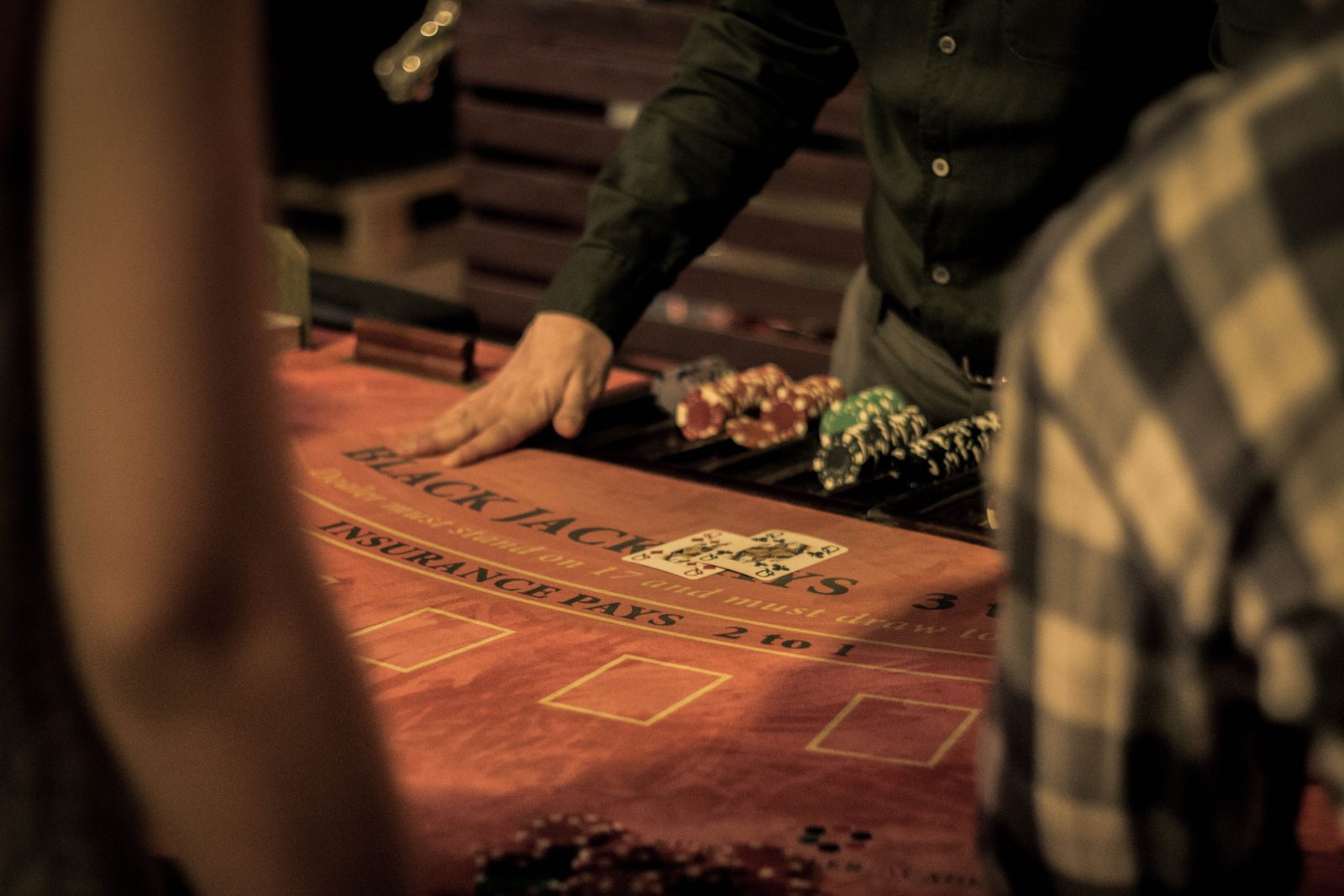Comprehending the Different Forms of Cards in Casino Games
admin
- 0

Casino offerings have been a source entertainment and thrill for numerous players around the globe. One of the main factors that renders these games captivating is the diversity of playing cards used in various types of games. Grasping the different types of cards can improve your experience and refine your gameplay strategies. Regardless of whether you are drawn to traditional card games like Texas Hold’em and 21 or newer casino games, each game relies on a unique set of cards that influences the rules and the flow of play.
In casino environments, cards come in several forms, each tailored to fit the requirements of specific games. From regular decks to specialized card types, the diversity plays a key role in molding the dynamics of each game. By acquainting yourself with these cards and their uses, you can gain deeper insights into the games and make better decisions at the table. This understanding not just enriches your gaming experience but also adds to a higher-level approach to your odds of winning.
Types of Playing Cards
When it comes to casino games, the type of playing cards used can significantly impact the gameplay and strategy. The most frequent deck is the traditional 52-card deck, which consists of 4 suits: diamonds, clubs. Each suit contains thirteen ranks, from Ace to king. This traditional deck is essential in numerous games, such as black-jack, where gamblers aim to create the best hand possible or approach 21 as they can.
Some casino games use special decks specifically designed for the game itself. https://defensorseguros.com/ For instance, the popular game of baccarat often uses various decks shuffled together, typically six or eight. This not only increases the complexity of the game but also affects betting strategies, as players must account for the higher number of cards in play. Additionally, certain games may introduce joker cards or wild cards, providing further diversity and excitement to the gambling experience.
In niche games, custom decks may come into play. For instance, in games like bridge or Pinochle, participants might use unique rules with different card values or roles. These variations keep the gameplay new and allow for varied strategies to appear. Understanding the different types of playing cards and their particular uses in various casino games is key to improving one’s gaming experience and improving overall performance at the tables.
Deck Modifications in Casino Activities
In gambling activities, the kind of set of cards used can significantly impact both the gameplay and the strategies used by participants. Most classic card activities, such as blackjack and five-card draw, typically use a standard 52-card deck. However, variations do exist where extra jokers or even several decks are utilized. For instance, in blackjack, some casinos may employ one to eight decks, which can change the odds and the basic strategy needed to play optimally. Participants must be aware of the deck makeup, as it influences the house edge.
Another common modification in gambling card activities is the use of themed or custom packs. For instance, some poker games might use a deck that features unique images or designs, which can enhance the environment at the table. These custom decks often function to distinguish between different game types or loyalty initiatives within the casino. While the standard rules of the activity remain the same, the visual appeal can influence player engagement and satisfaction.
Lastly, the mixing methods used with various kinds of decks can also impact play. Casinos often utilize automatic shufflers that can randomly shuffle multiple packs effectively, making hand counting more challenging. The rate and method of shuffling can vary widely based on the activity and the casino’s policies. Comprehending these card variations is important for any participant looking to improve their tactics and overall satisfaction in casino activities.
Value of Playing Card Worth
In casino activities, the significance of every card plays a key role in deciding the outcome of multiple activities. Various activities assign distinct values to playing cards, affecting tactics and player choices. For case, in blackjack, cards ranging 2 through 10 are rated at their actual worth, while face cards hold a value of 10, and the ace can be worth either one or 11. Comprehending these values allows players to make knowledgeable decisions during play, boosting their odds of success.
Similarly, in the game of poker, the significance of playing card values extends to combinations and combination rankings. High-value cards can form stronger combinations, such as pairs, straights, or flush hands, which are essential for success in the activity. Gamers must consider not only their own cards but also possible hands their rivals might hold. This tactical depth adds thrill and challenge, making playing card worths a central factor in the appeal of poker appeal.
Additionally, the cognitive aspect of playing card worths cannot be dismissed. Players may use the knowledge of card values to bluff or trick their rivals. By grasping how a playing card’s value can impact the game’s dynamics, players can more effectively handle hazards and rewards, creating a thrilling environment in gaming activities. Whether competing for fun or for actual money, knowledge of card worths significantly shapes the overall playing encounter.